I’m completely convinced that the secret to transforming easy dishes into extraordinary meals is fresh herbs. The flavor punch that herbs pack is extraordinary. After I fully embraced the magic of fresh herbs last year, I now cook with nearly no salt and yet our meals are intoxicatingly flavorful IMHO.

Starting an indoor herb garden requires a little planning, a lot of sunlight, and a bit of water, but it’s truly very easy and definitely worth it. While you can start with seeds, I found these starts at Trader Joe’s for $1.50 each; their substantial starting size made it a no brainer. Simply throw them in a pot that matches your decor, add a bit of potting soil intended for vegetables, and a saucer to the bottom so as not to water your countertops when you water the plants. Easy! I’ve included a quick round-up of my choice herbs and what I use them for plus an infographic from Cooksmarts that I found helpful. However, don’t be intimidated to mix and match when cooking, trial and error is the best way to determine which flavors you like and which you like to combine; with fresh herbs it truly is difficult to go wrong. Prepare to have the dinner table asking you “what is in this!?” in the very best way and always remember that a sly smile is a perfectly acceptable response.
BASIL: A herb with anti-inflammatory and antibacterial characteristics, basil is also a rich source of magnesium. It’s delicious blended into a pesto, in simple pairings like a caprese salad, or as a fresh highlight in butternut squash risotto. Just remember to add basil at the very end as high heats ruins its flavor.
CILANTRO: Cilantro is an excellent source of fiber, iron, and disease-fighting phytonutrients. I find it to have a slightly citrusy taste that lends itself perfectly to any Mexican-themed dish. Think salsa, guacamole, and tacos.
MINT: Mint is touted as a great palate cleanser and is known to promote digestion. I hear that mint is great with spring garden vegetables and fresh, light dishes like this mojito fruit salad. Personally? I rarely have any mint left for cooking as I use it all up as a delicious additive to my water.
ROSEMARY: A good source of fiber, iron, and calcium rosemary is also thought to increase circulation and improve digestion. It has a earthy, woodsy flavor that works perfectly with a myriad of roasted meats (chicken and salmon in particular). I also frequently reach for rosemary as an accent to many mixed, stovetop vegetable type dishes.
SAGE: Sage contains acids that function as antioxidants and research suggests it may be a memory enhancer. Sage is the perfect addition to sweet fruits and veggies (I often pair it opposite corn in dishes I make up) but it’s also great with cheese and best cooked to a crisp. My favorite two recipes that include sage are homemade french fries and a browned butter sauce thats delicious on sweet potato gnocchi and spaghetti squash alike.
THYME: This is my go-to herb as it’s a flavor that appears to work well with everything! Two teaspoons of thyme contain more than half of your dietary recommendations for vitamin K plus it’s just delicious! Looking for a way to try thyme? Try this salmon and vegetables dish.
PARSLEY: Parsley is known as a heart-healthy folate and continues high levels of vitamins K, C, and A. It’s a fantastic garnish for a last-minute kick of flavor on pasta, chicken, or fish.


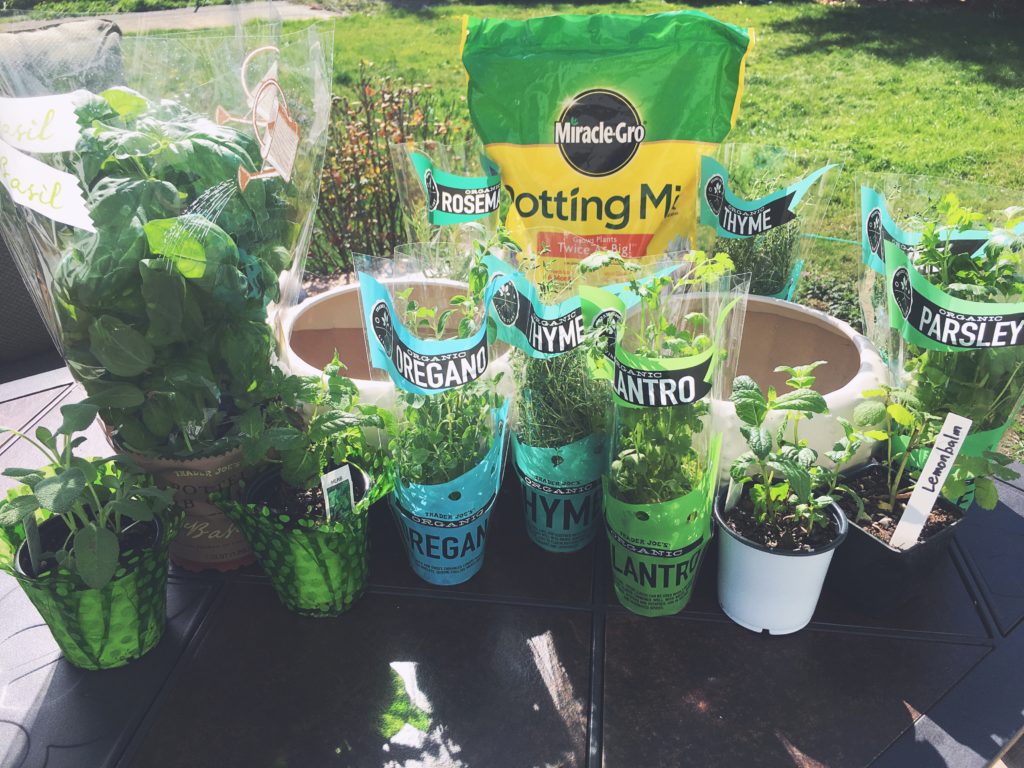
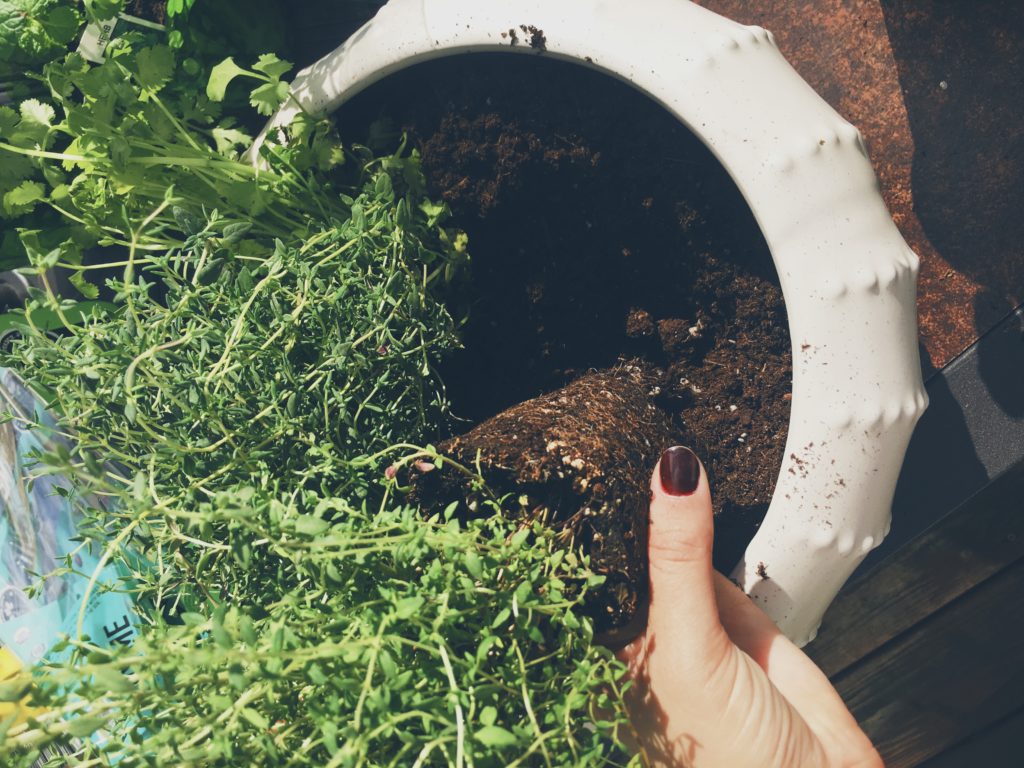
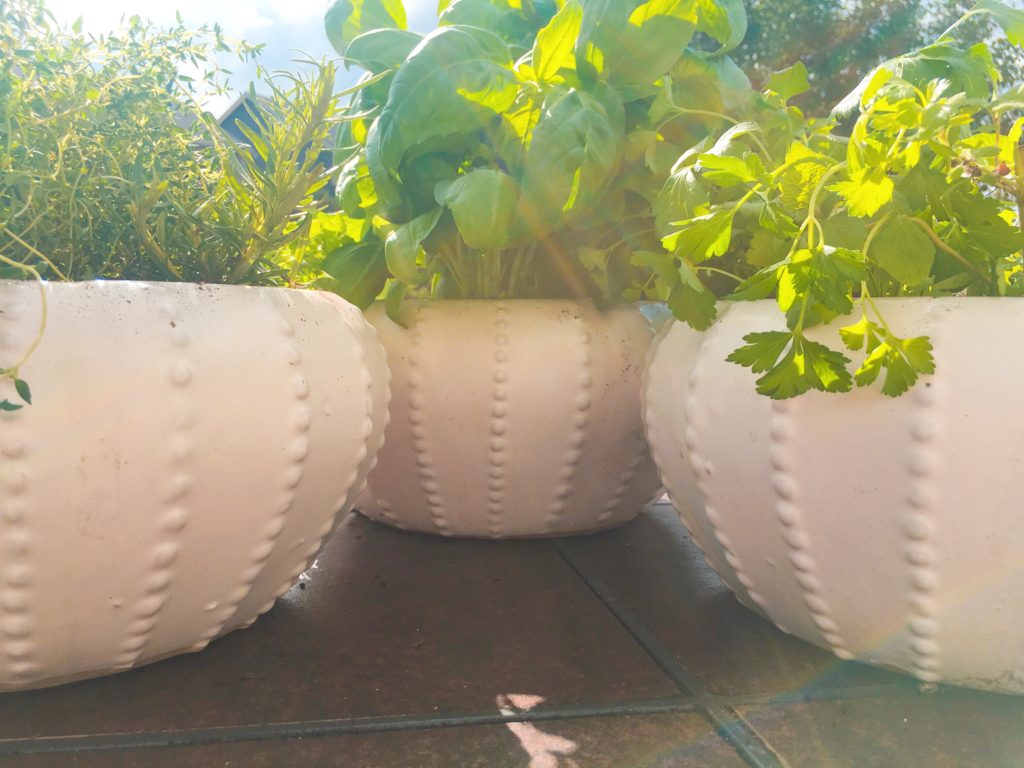
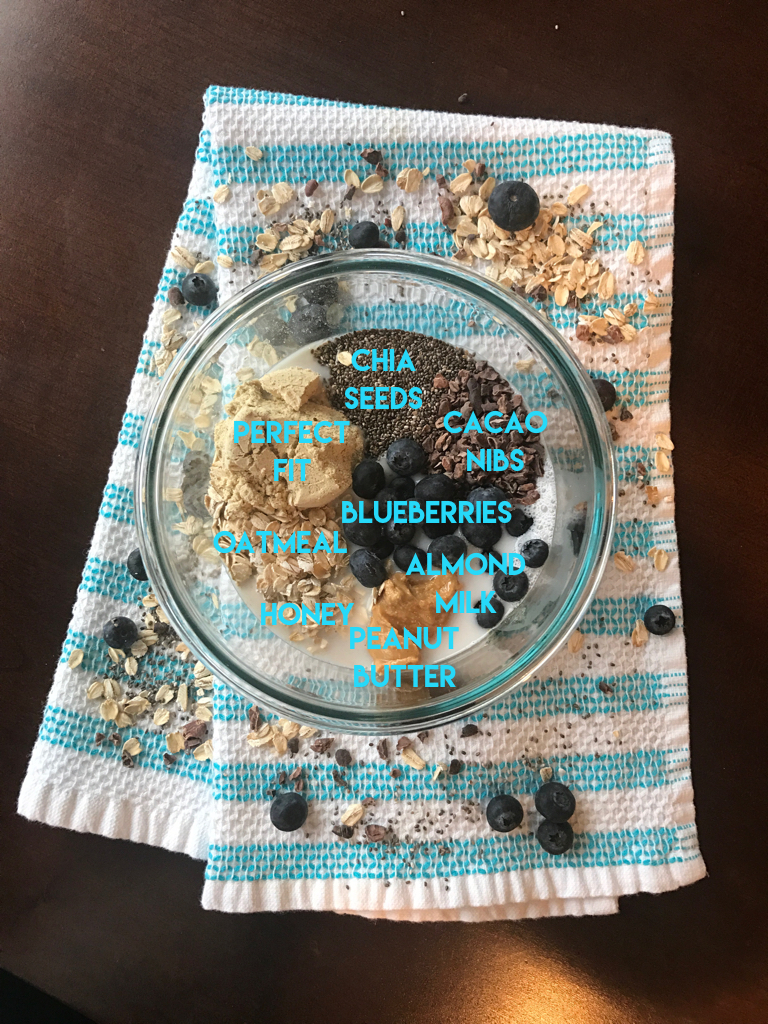
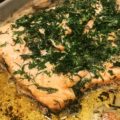
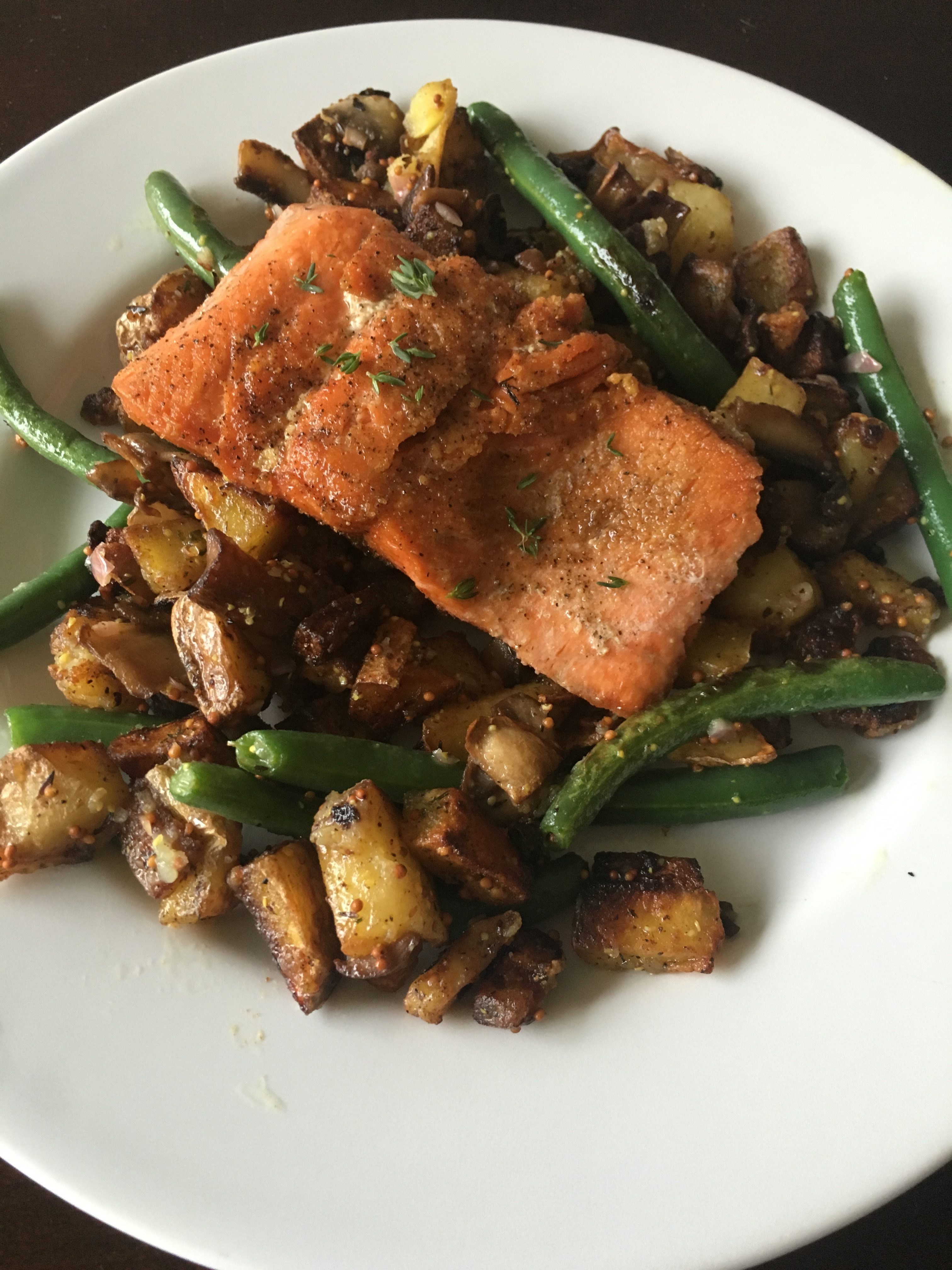

Thanks I will just walk across the street. Trade you ice cream for basil?? xoxo
DEAL! The basil and the parsley are doing the best.